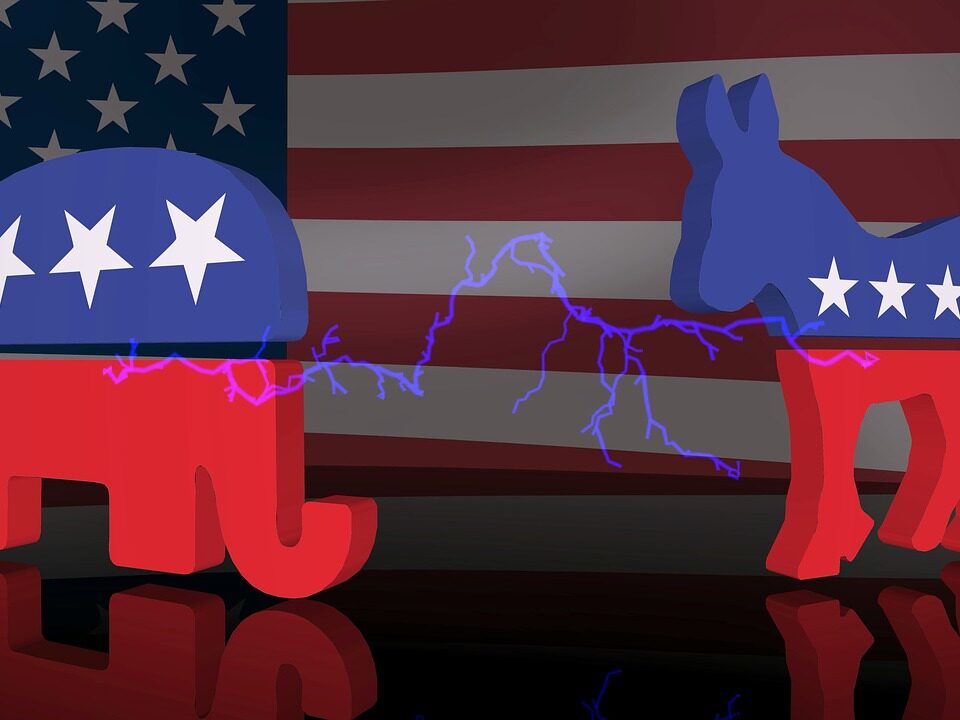
The Clash Between a Tiny Bug and a Texas Rancher
January 11, 2017
Girl Scout Cookie Economics
January 13, 2017Patrick Pipino is a Saratoga Springs Ben & Jerry’s franchisee who told eater.com that pricey advertising and royalty fees forced him to sell two Ben & Jerry’s stores. Down to one now, he is still struggling with rising costs. A higher New York minimum wage will add to his problems.
At $9.00 in 2016, the minimum wage will climb to $12.50 at the end of 2020 in Saratoga Springs. When it hits $12, he will have to charge one dollar more for each item. Meanwhile, with employees continuing to take orders and prepare them, he planned to reduce his workforce from 40 to 30.
The Academic Perspective
Several studies show that Mr. Pipino is not alone.
In one online experiment, an NYU professor saw wages rise, hours fall and output remain constant. He concluded that employers might select workers from whom they expected more productivity. The result could be an experiential preference with fewer jobs for the least skilled.
Business Shut-Downs
Using Yelp ratings, a research team observed that poorly rated eating establishments closed permanently after a minimum wage hike. They concluded that the new expense was enough to push them over the edge. One reason might be that workers at poorly rated eateries are less efficient. Another could be that certain restaurants had the wiggle room to raise prices while others did not.
Our Bottom Line: A Price Floor
Economists illustrate the minimum wage with a horizontal line they call a price floor. Floors are always above equilibrium because they prevent the price (wage) from moving down to equilibrium where they naturally gravitate because quantity demanded equals quantity supplied.
Below, you can see the horizontal line that represents a floor. Depending on the difference between the quantity supplied of workers at that wage (QS) and the quantity demanded (QD) for them, there might or might not be many unemployed laborers.

If the above price floor is at $12.50, then we might see 40 as the quantity supplied and 30 as the quantity demanded at Patrick Pipino’s Ben & Jerry’s.
My sources and more: Whereas the NY Times discussed the academic studies, Eater.com was the perfect story complement. Finally, I though it was interesting that the media facts on the minimum range differed. So, I checked the NYS labor employment law blog site.
Please note that several sentences and the graph in Our Bottom Line were published in a previous econlife entry.
![econlifelogotrademarkedwebsitelogo[1]](/wp-content/uploads/2024/05/econlifelogotrademarkedwebsitelogo1.png#100878)



